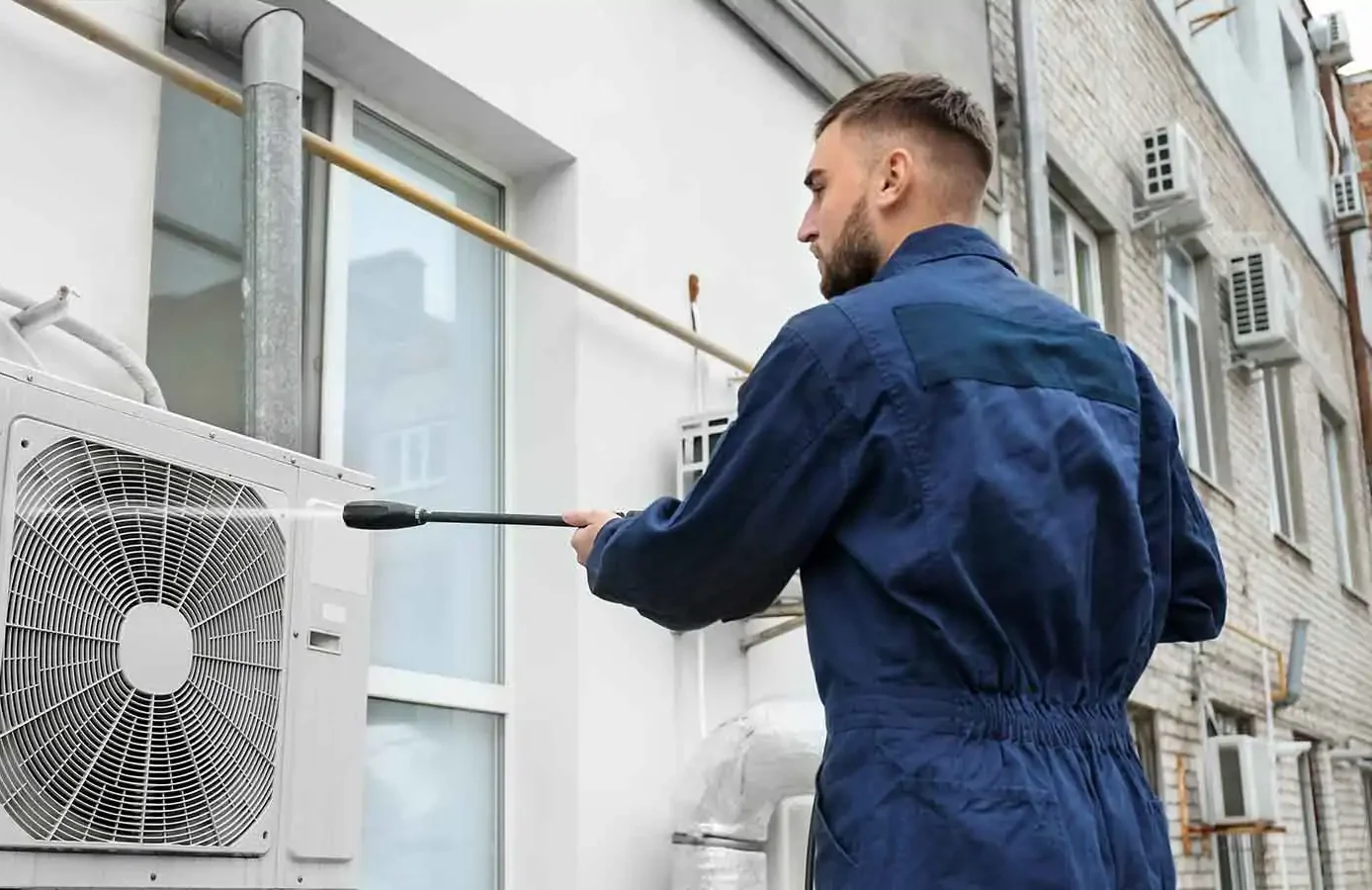Air ducts are an integral part of any heating, ventilation, and air conditioning (HVAC) system. They are responsible for distributing heated or cooled air throughout a building, making them essential for maintaining a comfortable indoor environment. However, over time, air ducts can become damage, which can impact the efficiency of the HVAC system and compromise indoor air quality. In this article, we will be discussing the causes and effects of air duct, as well as how to prevent and address such issues.
Causes of Air Duct Damage
There are several reasons why air ducts may become damaged. One of the most common causes is age. As air ducts age, they can weaken, crack, or even break, allowing air to escape and reducing the efficiency of the HVAC system. Another cause of air duct is poor installation or maintenance. If the air ducts are not install properly or are not maintain regularly, they may become damaged.
In addition, air ducts may become damaged due to environmental factors, such as moisture, pests, or debris. Moisture can cause mold and mildew growth within the air ducts, which can lead to health problems and reduce indoor air quality. Pests, such as rodents and insects, can also cause damage to air ducts by chewing through the material. Finally, debris, such as dust and dirt, can accumulate within the air ducts, obstructing airflow and contributing to damage.
Effects of Air Duct Damage
Air duct damage can have several negative effects on both the HVAC system and indoor air quality. Damaged air ducts can cause the HVAC system to work harder than necessary, which can result in increased energy costs and a shorter lifespan for the system. In addition, air duct damage can lead to uneven heating or cooling throughout the building, making some areas uncomfortable or difficult to regulate.
Furthermore, damaged air ducts can impact indoor air quality by allowing contaminants to circulate throughout the building. This can include mold spores, bacteria, and other harmful particles that can cause health problems, especially for those with allergies or respiratory issues.
Prevention and Addressing Air Duct Damage
There are several steps that can be taken to prevent air duct damage and address any issues that may arise. Regular maintenance of the HVAC system, including cleaning and inspection of the air ducts, can help identify any potential problems before they become more serious. Sealing any leaks or cracks in the air ducts can also help improve the efficiency of the system and prevent contaminants from entering the indoor environment.
In addition, it is important to address any environmental factors that may contribute to air duct damage, such as moisture or pests. This may include fixing any leaks or water damage in the building, as well as sealing any entry points where pests may enter.
Finally, if air duct damage is identified, it is important to have it addressed by a professional HVAC technician. Depending on the severity of the damage, repairs or replacement of the air ducts may be necessary. A professional technician can inspect the air ducts and provide recommendations for the best course of action.
In conclusion, air duct damage is an integral part that can have negative effects on both the HVAC system and indoor air quality. It is important to take steps to prevent air duct damage, such as regular maintenance and addressing environmental factors that may contribute to damage. If air duct damage this integral part is identified, it should be addressed promptly by a professional HVAC technician to ensure the continued efficiency and safety of the HVAC system.

